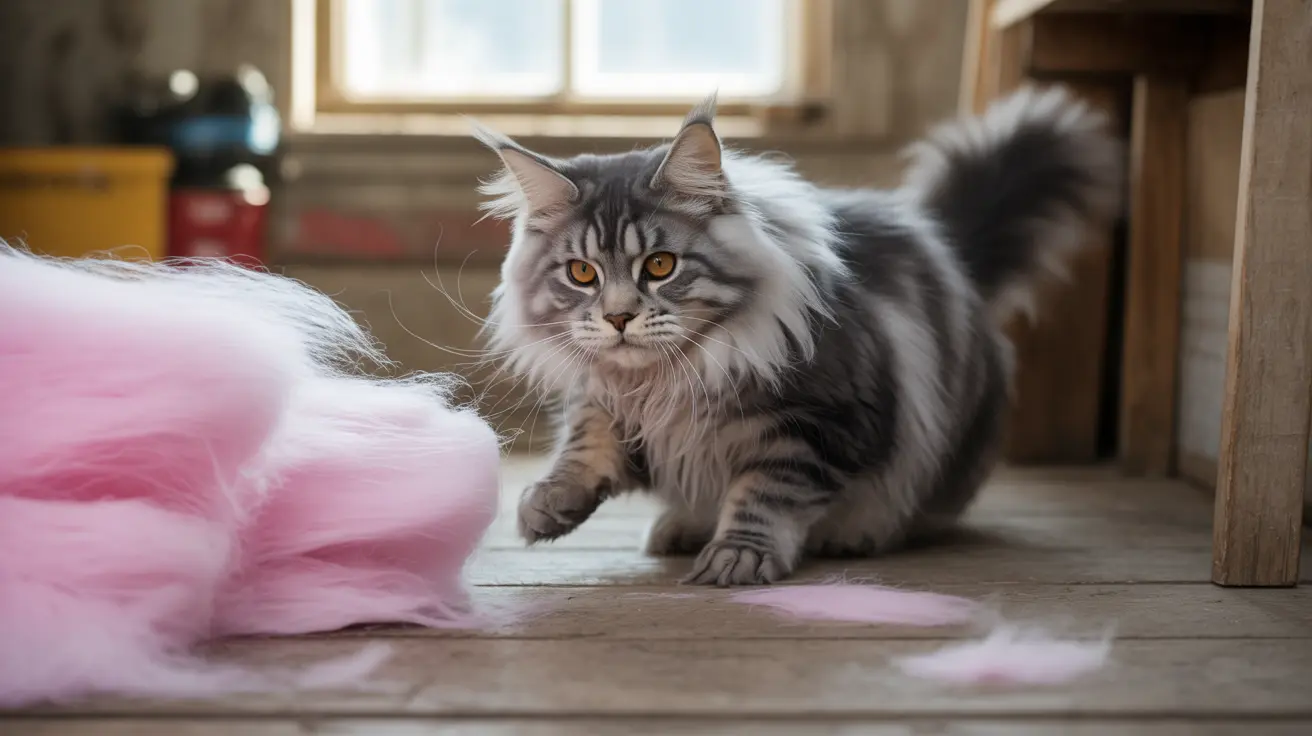When it comes to household hazards for cats, insulation materials pose a serious and often overlooked threat. From fiberglass to foam insulation, these common building materials can indeed be lethal to our feline companions if ingested, inhaled, or even touched. Understanding these risks is crucial for every cat owner, especially those living in homes with exposed insulation or planning renovations.
In this comprehensive guide, we'll explore the various ways insulation can harm cats, identify warning signs of exposure, and learn what immediate actions to take in case of contact. We'll also discuss prevention strategies to keep your beloved pets safe from these hidden dangers.
Types of Insulation and Their Risks to Cats
Fiberglass Insulation
Fiberglass insulation is particularly hazardous due to its tiny, sharp fibers that can cause severe irritation. When cats come into contact with fiberglass, they may experience:
- Skin inflammation and redness
- Respiratory irritation if inhaled
- Digestive tract damage if ingested
- Persistent itching and discomfort
Foam Insulation
Polyurethane and other foam insulations present unique dangers:
- Can expand in the digestive tract if swallowed
- May cause life-threatening blockages
- Contains toxic chemicals that can poison cats
- Often requires emergency surgery if ingested
Asbestos Insulation
Found in older homes, asbestos poses severe long-term health risks:
- Can cause mesothelioma and other cancers
- Leads to chronic respiratory issues
- May result in fatal complications over time
- Particularly dangerous when disturbed or crumbling
Signs Your Cat Has Been Exposed to Insulation
Watch for these critical symptoms that may indicate insulation exposure:
- Excessive drooling or vomiting
- Difficulty breathing or coughing
- Lethargy and loss of appetite
- Unusual behavior or vocalization
- Visible irritation around mouth or skin
- Distended abdomen or constipation
Emergency Response and Treatment
If you suspect your cat has contacted or ingested insulation:
- Don't attempt to induce vomiting
- Contact your veterinarian immediately
- Monitor breathing and behavior
- Keep your cat calm and quiet
- Document when and what type of exposure occurred
Prevention and Home Safety
Protect your cat from insulation exposure by:
- Sealing off areas with exposed insulation
- Regular home maintenance and inspection
- Proper disposal of old insulation materials
- Creating safe spaces away from construction areas
- Installing barriers in attics and crawl spaces
Frequently Asked Questions
Can insulation materials like fiberglass or foam actually kill a cat?
Yes, insulation can be lethal to cats. Ingestion can cause fatal blockages or poisoning, while inhalation of certain types (especially asbestos) can lead to severe respiratory issues and cancer.
What symptoms should I watch for if my cat touches or eats insulation?
Watch for vomiting, difficulty breathing, lethargy, loss of appetite, drooling, and unusual behavior. Any of these symptoms requires immediate veterinary attention.
How dangerous is asbestos insulation to cats and what signs indicate exposure?
Asbestos insulation is extremely dangerous, potentially causing mesothelioma and other cancers. Signs include respiratory distress, persistent coughing, and decreased activity levels.
What immediate steps should I take if my cat ingests polyurethane foam insulation?
Contact your veterinarian immediately, don't induce vomiting, and watch for signs of distress. Surgery may be necessary if blockage occurs.
How can I prevent my cat from getting exposed to harmful insulation in my home?
Seal off areas with exposed insulation, maintain regular home inspections, and create physical barriers to prevent access to insulation-containing spaces.
Remember, when it comes to insulation exposure in cats, quick action can mean the difference between life and death. Always err on the side of caution and seek professional veterinary care if you suspect your cat has been exposed to any type of insulation material.






